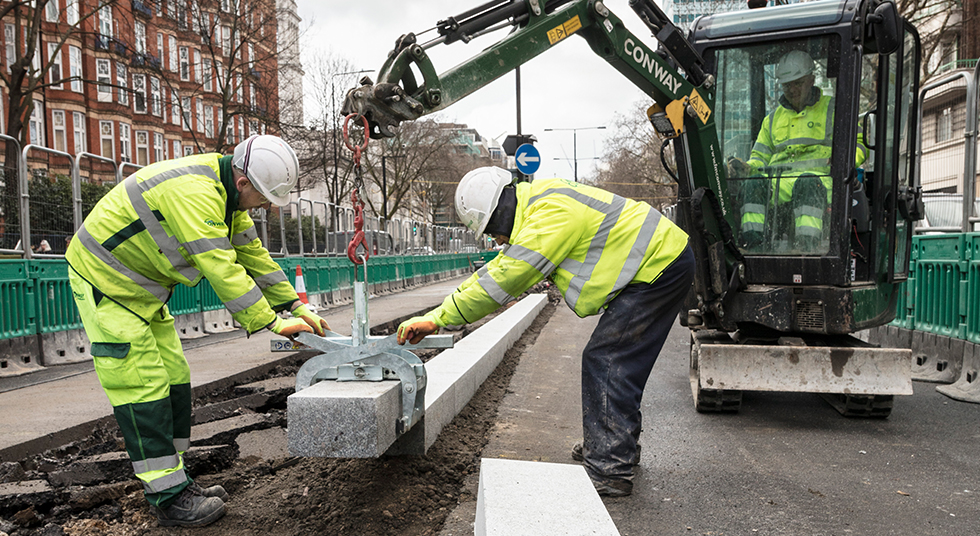Baker Street Two-Way
Description of Works
Working for Westminster City Council and Transport for London (TfL), FM Conway delivered a major transformation of the Marylebone road network to balance the needs of motorists, pedestrians and cyclists, by converting Baker Street and its neighbour Gloucester Place to two-way traffic.
The route was converted to a one-way street in the 1960s in a bid to ease congestion, but changing vehicle dynamics in the area have seen the growth of heavy single-file traffic which can act as a barrier to pedestrians and other road users at peak times.
The £15 million project, supported by the Baker Street Quarter Partnership and the Portman Estate, restored the area’s heritage as an accessible and walkable London village.
.jpg)
